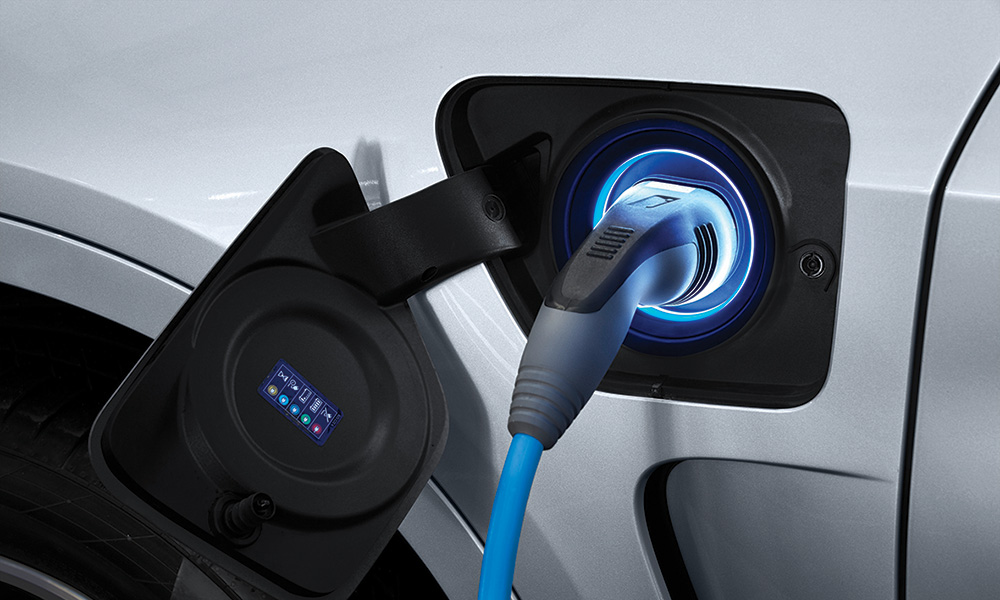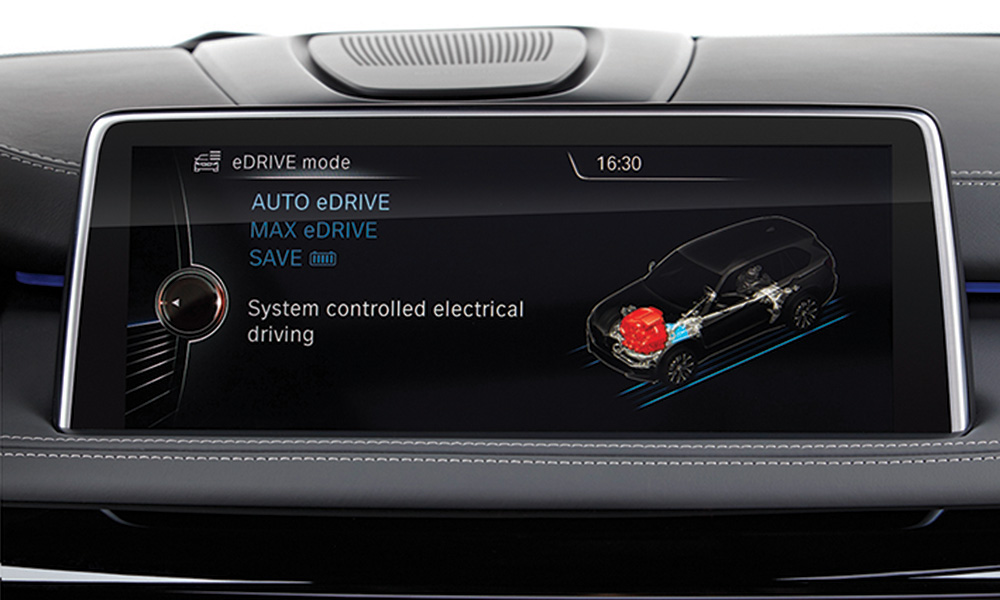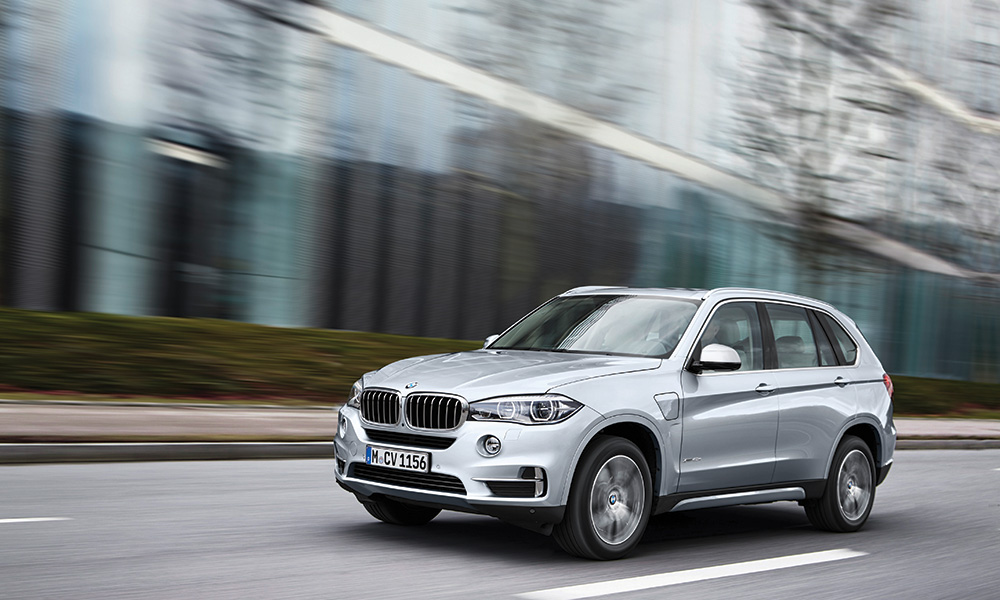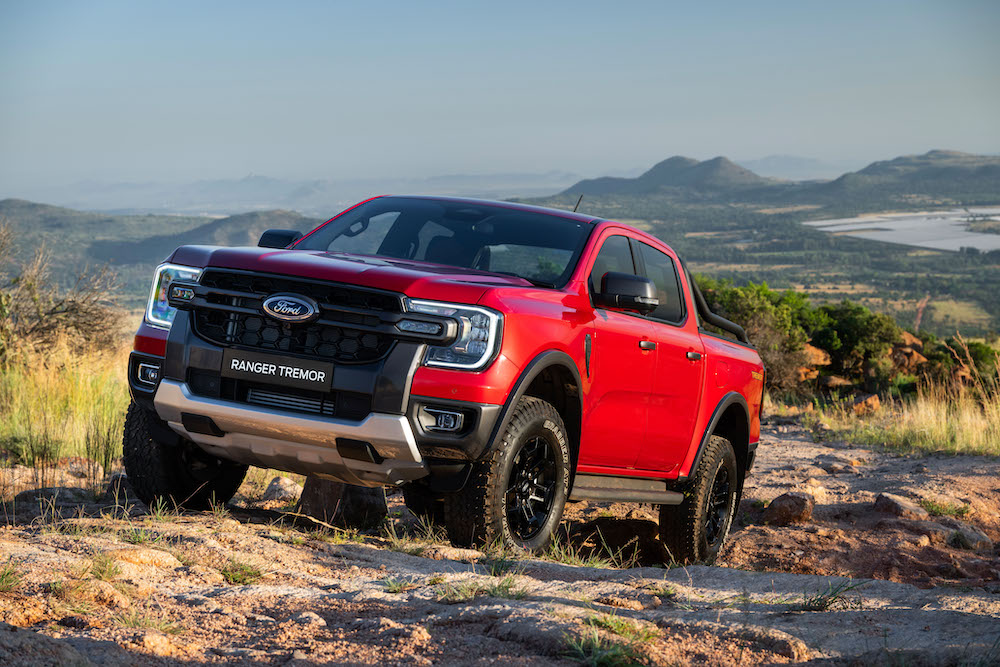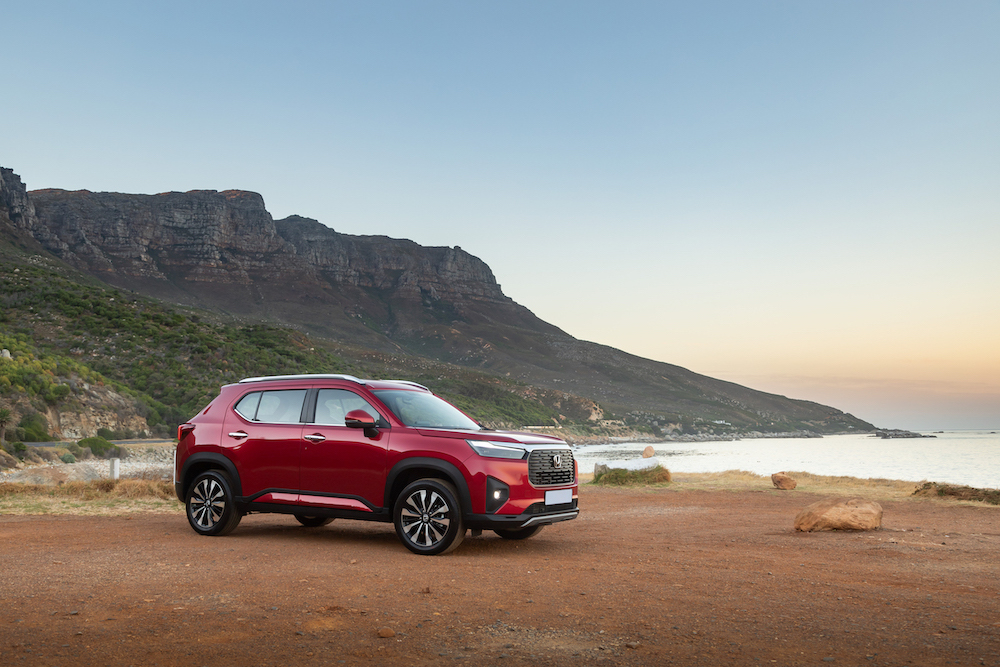The BMW X5 xDrive40e is a plug-in hybrid electric vehicle (PHEV), which means it has both a two-litre petrol mill and an electric motor. How does this combo perform? And does it make sense in South Africa?
If you jump into the xDrive40e, crank the sound system and set off without paying much attention to the vehicle’s cabin, you’re unlikely to realise that there’s anything particularly interesting about this X5. It feels and performs, well, exactly like an X5. That is probably the highest praise you could give a vehicle like this. As with a great magic trick, you’re never really aware of all that’s happening behind the scenes. Instead, you’re left to marvel at the flawless and imperceptible way in which the vehicle balances electric energy and internal combustion. The electric motor and petrol engine have been fused so expertly as to essentially be one unit.
Petrol or Electric?
The engine in the 40e is a two-litre petrol that’s similar to what you’ll find in vehicles like the 330i, and produces 180kW of power and 350Nm of torque. The vehicle has an eight-speed Steptronic auto transmission (no CVT here, which you often find in hybrids), and a synchronous electric motor has been integrated into it to deliver a maximum of 83kW of power and 250Nm of torque. Combine this with the petrol powerplant and you’re looking at a total of 230kW and 450Nm of torque at any given time (you never get every-thing out of the petrol and electric motors simultaneously).
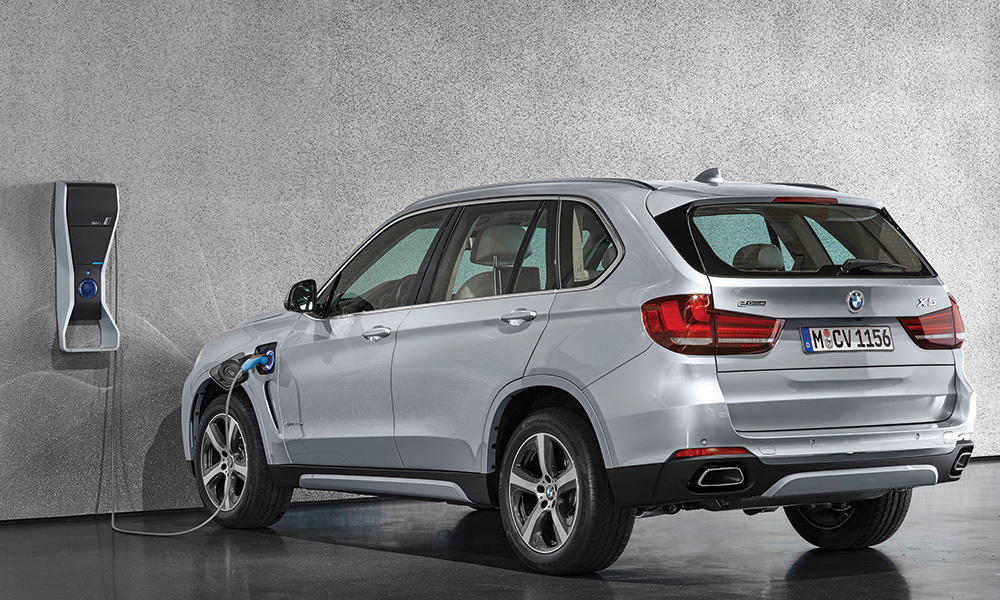
Of course, the idea behind a vehicle such as this isn’t to wring out every last drop of power. Instead, you want the electric motor to improve the efficiency of the petrol one, reducing fuel consumption and CO2 output. This means (very) careful driving. The xDrive40e has three modes, selectable through an eDrive button in the centre console. The first mode is Auto eDrive. As the name suggests, the BMW EfficientDynamics system determines the most efficient combination of electric motor and combustion engine here, switching between the two as it sees fit. The second mode, Max eDrive, essentially takes the petrol mill out of the equation and allows the vehicle to run on electric power only. But the petrol engine is always ready to step in. “At higher speeds or when the acceleration potential has been exhausted, the combustion engine switches on automatically,” says BMW. The final mode, Save Battery, reduces the vehicle’s dependency on the electric motor, saving the battery charge for later.
Real-world driving
These modes sound simple enough, but things are a bit more complicated. In reality, the vehicle is almost always employing all systems and managing them actively. To keep either motor dormant, you need to drive incredibly conservatively. Get just a little too aggressive with the accelerator in Save Battery mode, and you’ll see the ‘eBoost’ icon appear, indicating that the electric motor is being used to improve performance. The same is true of Max eDrive mode. Demand too much of the electric motor, and the petrol mill soon kicks in. The problem is that the Drive40e is such a great vehicle to drive – so agile, responsive and fun – that it’s hard to only dab at the accelerator. And who wants to constantly monitor the demands you’re making on the drivetrain combo? Perhaps it’s best to do what we did; simply engage Auto eDrive mode and drive it like you would any other SUV.
But what, then, is the point of it all? Even under ideal conditions, you’ll only ever get about 30km out of the electric motor on a full charge if you opt for Max eDrive mode. Keep the vehicle in Auto mode, and you’ll also be charging it every single evening. This would be okay if fuel consumption was fantastic, but it isn’t. BMW claims 3.3-litres of fuel per 100km, but that’s as hard to achieve as convincing an eco-warrior that your X5 is good for the environment. You’re far more likely to average around eight litres per 100km. Once you factor in the sticker price, real-world fuel consumption and constant need for charging, a diesel X5 starts looking like a far better option.
In a country like South Africa, where diesel vehicles are popular and the purchase of an electric or hybrid car isn’t really incentivised, buying a Beemer with an oilburner just makes more sense. The X5 xDrive40e is a phenomenal piece of engineering. BMW has done an unbelievable job of seamlessly integrating the petrol engine and electric motor. And it’s not just the drivetrain that impresses. The vehicle is spacious, comfortable and fun to drive. The ride quality in particular is worth a mention. The X5 clings to tarmac around corners, has a sporty feel to it and it remains incredibly comfortable when dealing with speed bumps and bad roads. Far from being a sober and boring hybrid, it’s an SUV that’s genuinely fun to drive. There’s nothing wrong with the X5 xDrive40e, but there just isn’t much of a place for it in our market.
Engine 1997cc four-cylinder in-line petrol engine with BMW TwinPower
Turbo technology
Electric motor 83kW/250Nm synchronous electric motor integrated in eight-speed Steptronic transmission
Power Max system output of 230kW
Torque Max system output of 450Nm
Transmission 8-Speed Steptronic
4×4 system Permanent BMW xDrive AWD system
Ground clearance 209mm
Top speed 210km/h
Claimed consumption 3.3-litres/100km
CO2 emissions 77g/km
Price R1 137 000
